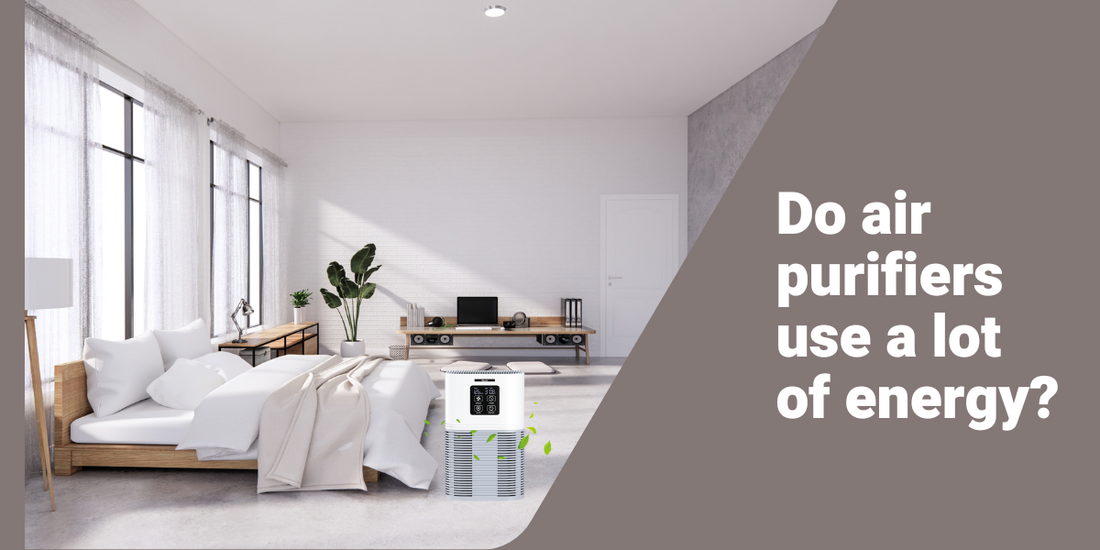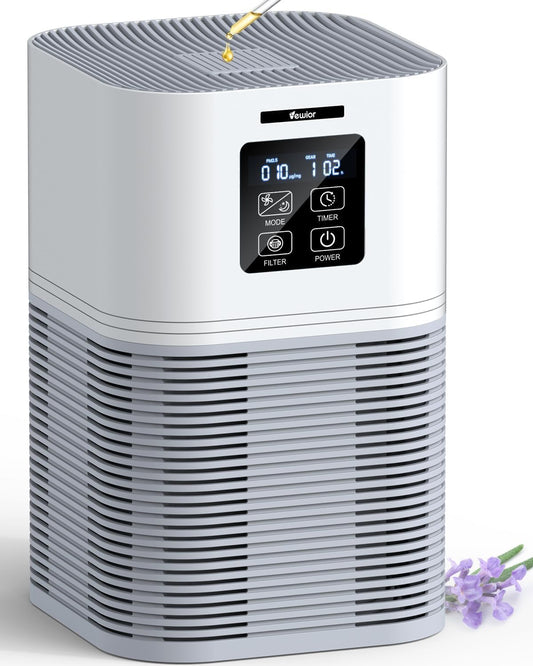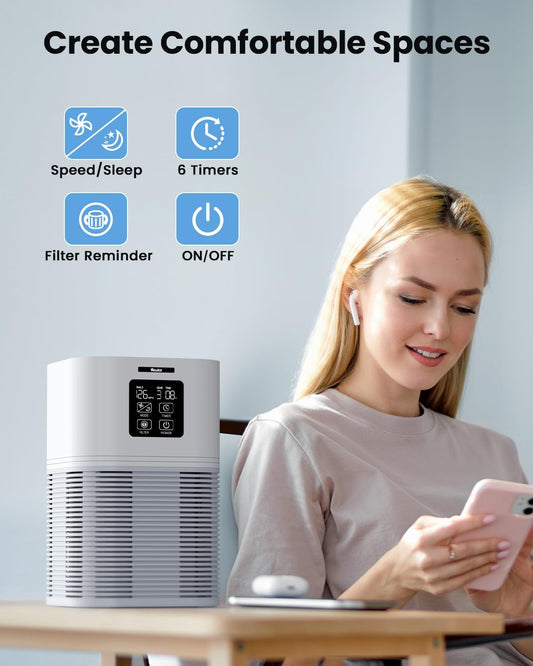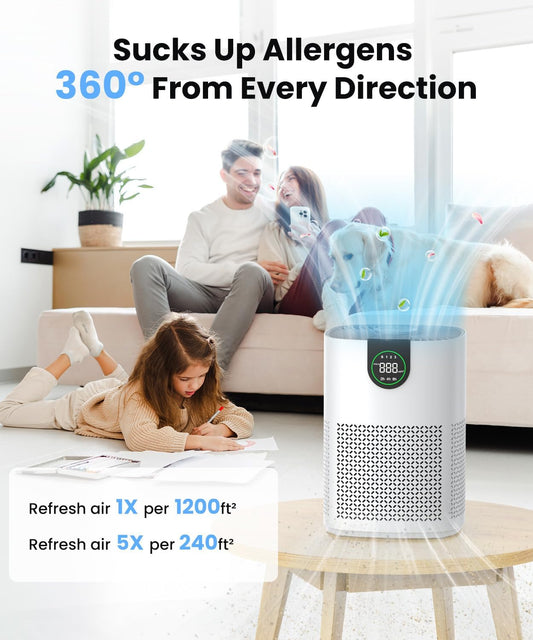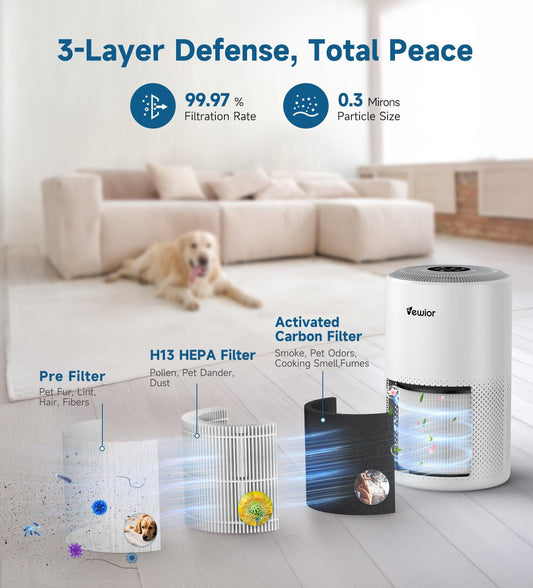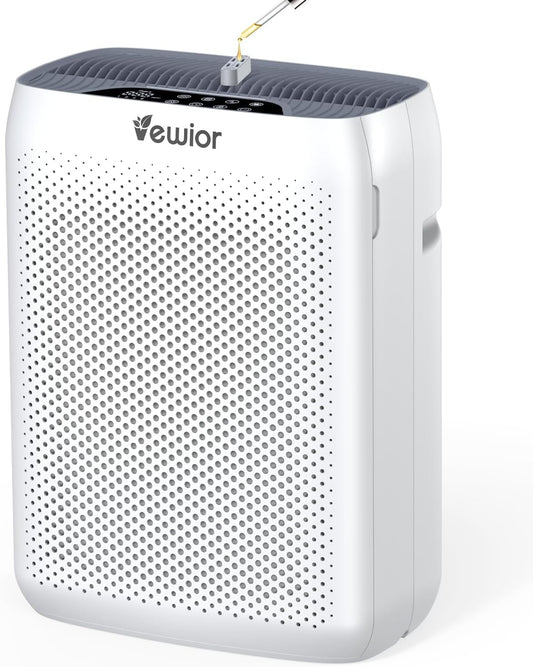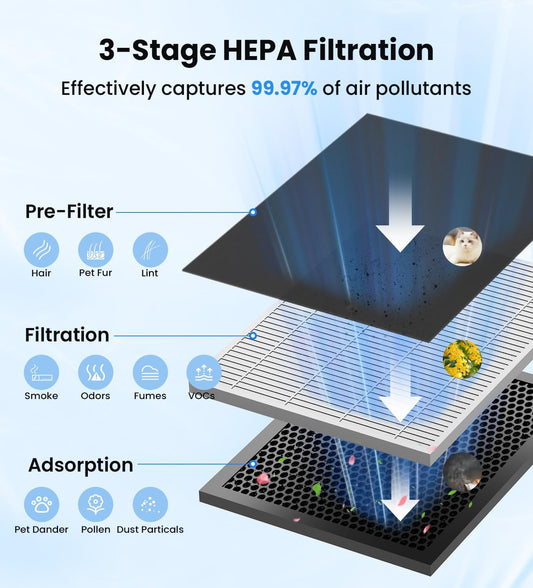Air purifiers have gained popularity as effective devices for improving indoor air quality and creating a healthier living environment. However, concerns about energy consumption and its impact on electricity bills often arise. In this article, we will explore the energy usage of air purifiers to provide insights into their energy efficiency. By understanding the factors that influence energy consumption and considering efficient usage practices, you can make informed decisions about using air purifiers without incurring excessive energy costs. Let's delve into the details and uncover the truth about energy usage by air purifiers.
Understanding Air Purifier Energy Consumption
To assess the energy consumption of air purifiers, it's important to consider the following factors:
1. Power Consumption
The power consumption of an air purifier primarily depends on its wattage rating. This rating indicates the amount of electrical power the device requires to operate. Higher wattage generally corresponds to greater energy consumption. However, it's essential to note that energy consumption can vary among different air purifier models, as some manufacturers prioritize energy efficiency in their designs.
2. Fan Speed and Settings
The energy usage of an air purifier is influenced by the fan speed and settings chosen during operation. Higher fan speeds typically result in increased airflow and improved air purification but may consume more energy. Some air purifiers offer multiple speed settings, allowing you to adjust the fan speed based on your needs. Running the air purifier on a lower fan speed can reduce energy consumption while still providing adequate air purification.
3. Duration of Operation
The length of time the air purifier operates directly affects its energy consumption. Running the air purifier continuously will consume more energy compared to using it intermittently or for specific periods. Determining the necessary duration of operation depends on factors such as indoor air quality, specific air quality concerns, and personal preferences. By strategically using the air purifier when needed and turning it off when air quality improves, you can optimize energy usage.
4. Room Size and Air Purifier Capacity
The size of the room in which the air purifier is used plays a role in energy consumption. Larger rooms may require air purifiers with higher capacity and more powerful fans to effectively circulate and purify the air. Choosing an air purifier that is appropriately sized for your room ensures efficient energy usage by preventing overworking the device.
5. Energy-Saving Features
Many modern air purifiers are equipped with energy-saving features to minimize power consumption. These features may include timers, sleep modes, or sensors that automatically adjust fan speeds based on air quality. Taking advantage of these features can help optimize energy usage by allowing the air purifier to operate only when necessary.
Determining Energy Efficiency
While air purifiers consume electricity, their energy efficiency can vary based on several factors. Here's how to evaluate the energy efficiency of an air purifier:
1. Energy Star Certification
Look for air purifiers that have received the Energy Star certification. This designation signifies that the product meets strict energy efficiency guidelines set by the Environmental Protection Agency (EPA) in the United States. Energy Star-certified air purifiers are designed to consume less energy without compromising performance.
2. Energy Consumption Ratings
Review the energy consumption ratings provided by the manufacturer. Some air purifiers may display energy consumption information, such as kilowatt-hour (kWh) usage per year or month. Comparing these ratings among different models can give you an idea of their relative energy efficiency.
3. User Reviews and Expert Opinions
Read user reviews and seek expert opinions on specific air purifier models. Real-world experiences and expert analysis can provide valuable insights into the energy efficiency of different air purifiers. Look for feedback on energy consumption, long-term energy costs, and overall efficiency to make an informed decision.
Tips for Energy-Efficient Air Purifier Usage
To optimize energy usage and minimize the impact on your electricity bills, consider the following tips:
- Choose the Right Size: Select an air purifier that is appropriately sized for your room. An oversized air purifier may consume more energy than necessary, while an undersized one may struggle to effectively clean the air.
- Utilize Energy-Saving Features: Take advantage of energy-saving features offered by your air purifier, such as timers or sleep modes. These features allow you to schedule the operation of the device or adjust fan speeds based on specific needs, saving energy when air purification is not required.
- Regularly Clean and Maintain: Keep your air purifier clean and well-maintained to ensure optimal performance. Clogged filters can restrict airflow and force the device to consume more energy. Follow the manufacturer's instructions for filter replacement or cleaning to maintain efficiency.
- Consider Placement: Place your air purifier strategically to maximize its effectiveness. Avoid obstructing the airflow by placing it near walls, furniture, or curtains. Proper placement allows for efficient air circulation, reducing the need for higher fan speeds and energy consumption.
- Monitor Air Quality: Regularly monitor the air quality in your room using air quality monitors or sensors. This will help you determine when the air purifier needs to be activated or deactivated, preventing unnecessary energy usage.
Conclusion
Air purifiers are valuable devices for improving indoor air quality and creating a healthier living environment. While they do consume electricity, their energy usage can be managed effectively. By implementing energy-saving practices and utilizing the right-sized air purifier for your room, you can enjoy the benefits of clean indoor air while minimizing energy consumption and its associated costs. Create a healthier living space with an energy-efficient air purifier that provides clean, fresh air without straining your electricity bills.

